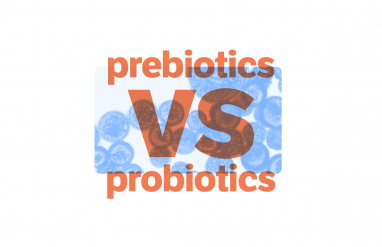New and improved! Now with ______
The prime directive of advertising is to get you to want something you didn’t know you needed, and the ultimate prize is your money stomach. Let’s focus in on the world of food. What are some buzzwords used by food marketers to get you to buy and eat their products? (And, come back for seconds.) And, should you fall for the hype?



















